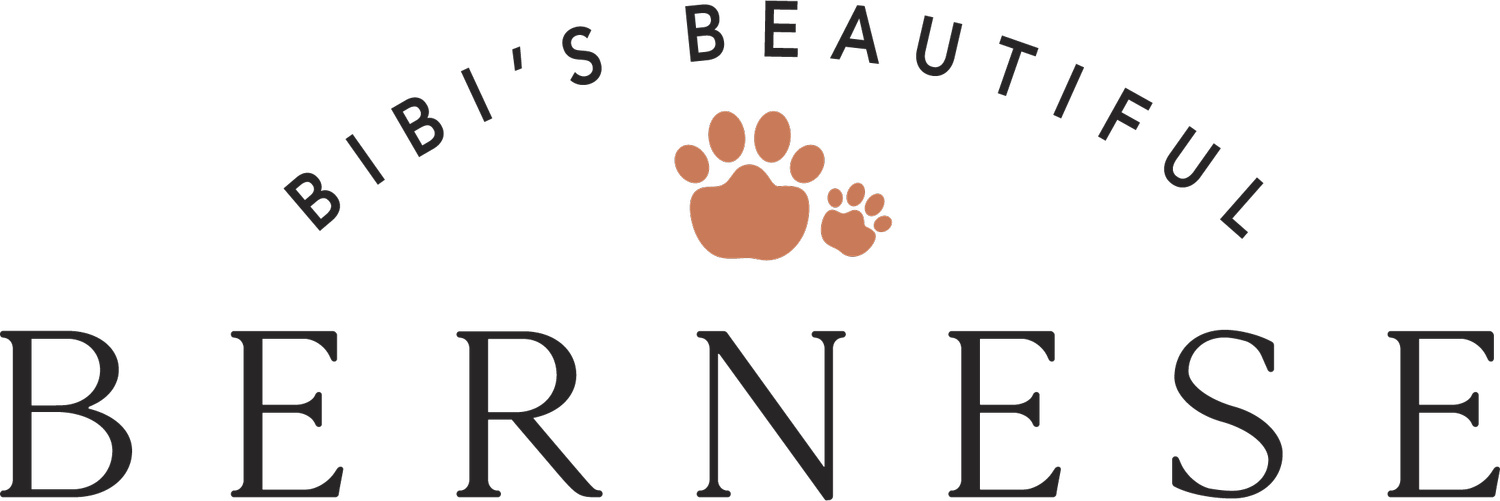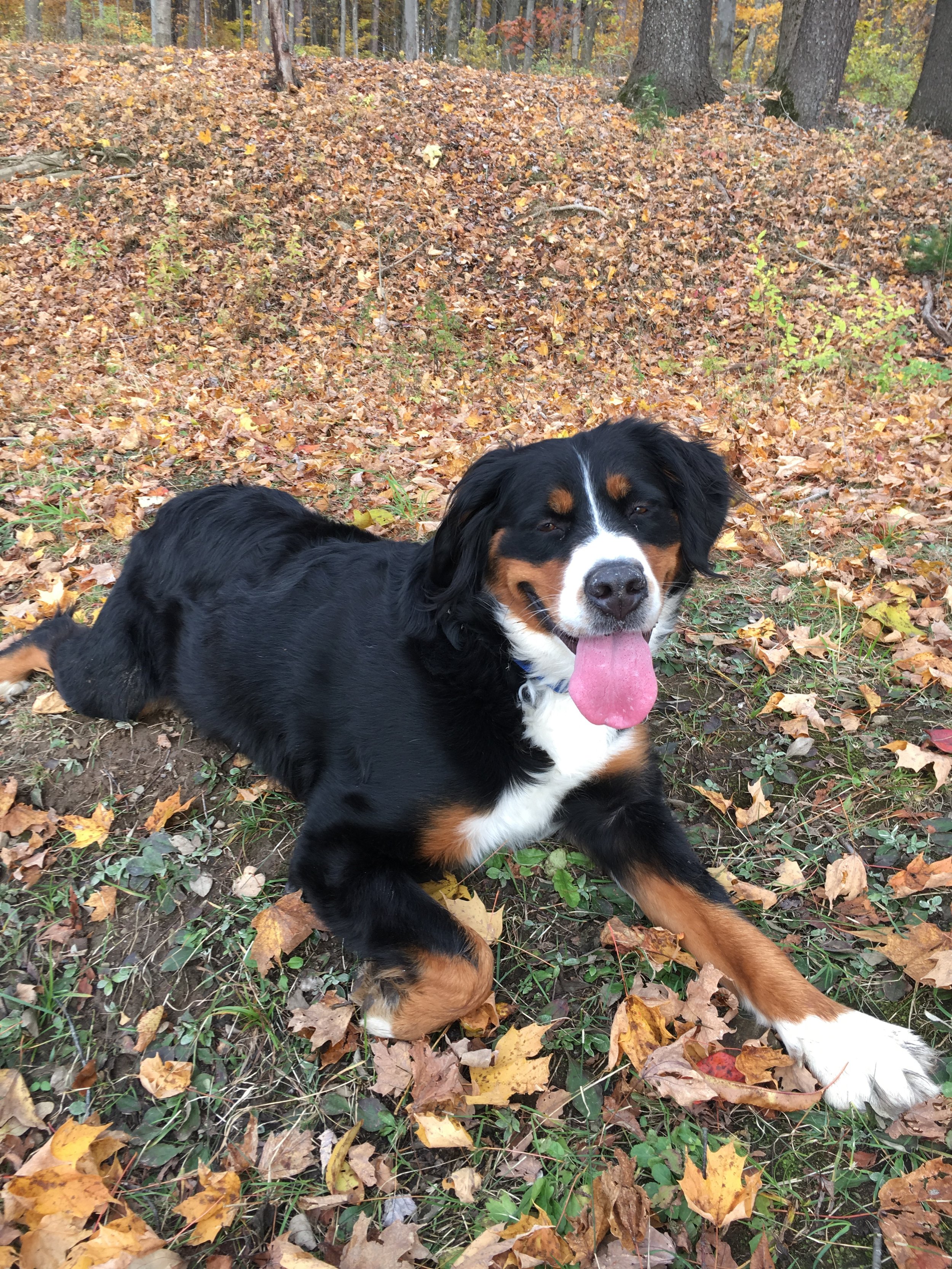
Grooming your Bernese Mountain Dog
-
Bernese Mountain Dogs require less grooming than other similar breeds. A good brush once a week and regular bathing will do wonders.
-
Except for the occasional trim around the ears and paws for a clean look, your Bernese should never be trimmed. The only exception is of course if there is a medical procedure that needs done and it needs to be shaved in the spot of the operation.
-
Bernese Mountain Dogs shed their fur. This means that a tool like a shedding rake or a “FURminator” would be very helpful for brushing through and thinning their thick undercoat. A pin brush is ideal for weekly grooming.
-
Creating a calm environment and introducing grooming tools to your pup early on will really help this be an enjoyable experience for both you and your dog. Find somewhere safe and quiet when using tools like the rake and the pin brush. Introduce the tools slowly and always remember treats! Also, don’t use too much pressure so you don’t scratch their skin, but make sure to get all the way through the undercoat. You’ll get the hang of it!
Grooming your Bernadoodle
-
Bernadoodles fur is referred to as hair because it grows like human hair and will need to be groomed/trimmed regularly. Knowing your Bernadoodles fur type will be very important in how you groom your dog. They will have one of three different types of hair. Those are:
1) Straight coat - this type of coat is closest to the Bernese Mountain Dog.
2) Wavy coat - this coat is a combination of both parents, Bernese and Poodle.
3) Curly coat - closest to the Poodle, this coat has tight curls and requires the most grooming to avoid mattes and tangles. -
Bernadoodles have hair rather than fur since they are cross breed from Bernese Mountain Dogs and Poodles. They therefor need regular grooming and trims. A professional trim every 2-3 months is best with regular, brushing in between.
-
Daily brushing is the best way to keep your Bernadoodles hair tangle free. A regular visit to the groomer for a bath, blow dry and trim are also highly recommended as well. Exposing them to the groomer early on will greatly help them avoid fear of the groomer as they get older. There are a few tools that will greatly help you with at home grooming. They are:
1) a slicker brush - these have fine wire bristles and are helpful for brushing out mattes and tangles.
2) a metal comb - prevents knots and combs all the way down to skin.
3) dog shampoo - any dog shampoo will work, but be careful not to bath them too often or their skin can dry out. -
Creating a calm environment and introducing grooming tools to your pup early on will really help this be an enjoyable experience for both you and your dog. Find somewhere safe and quiet when using tools like the rake and the pin brush. Introduce the tools slowly and always remember treats! Also, don’t use too much pressure so you don’t scratch their skin, but make sure to get all the way through the undercoat. You’ll get the hang of it!
“Dogs are not our whole life, but they make our lives whole.”
- Roger Caras


